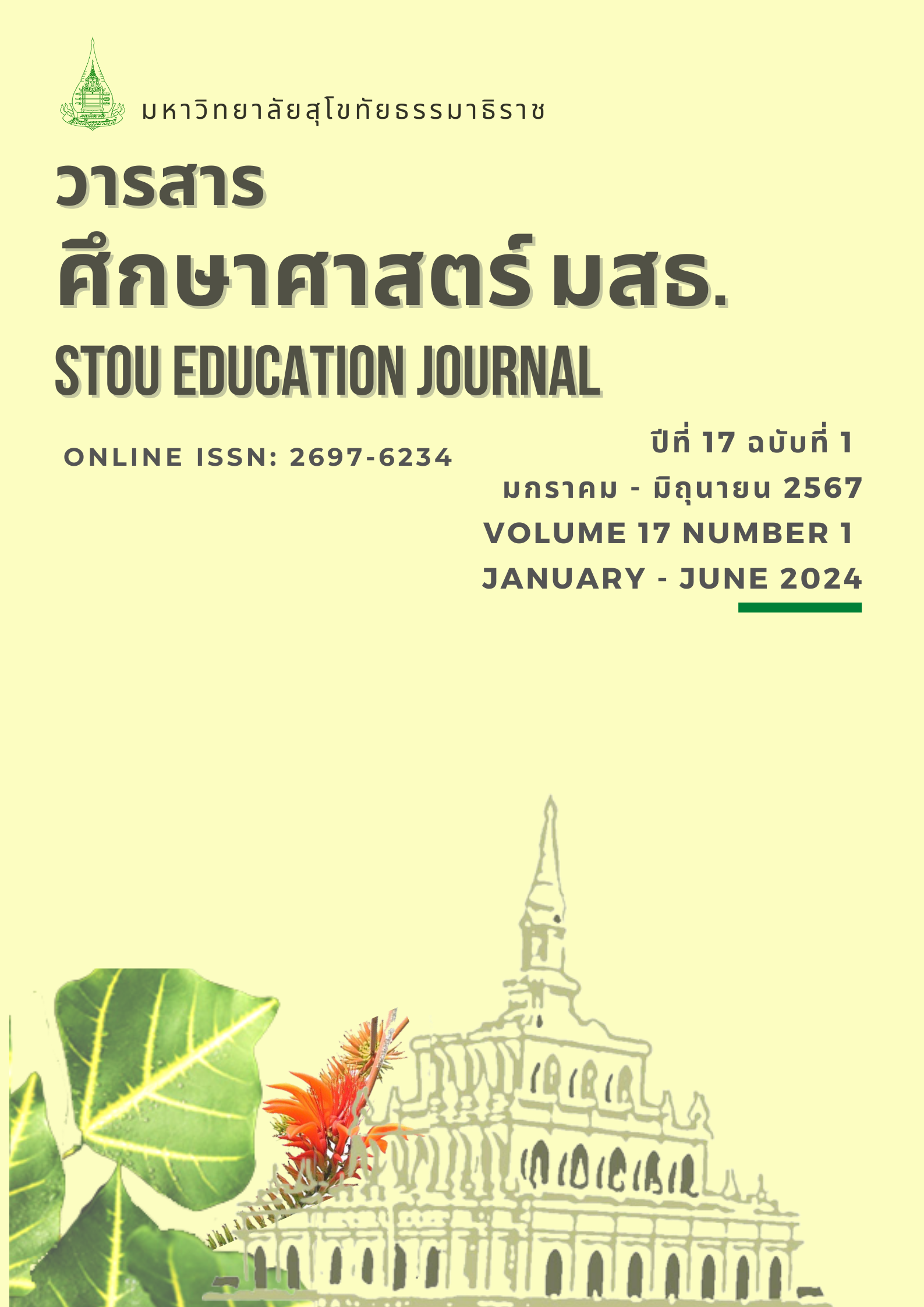การเปรียบเทียบสมรรถนะครูของนักศึกษาครูหลักสูตร 4 ปี และหลักสูตร 5 ปี คณะครุศาสตร์ มหาวิทยาลัยราชภัฏยะลา
Main Article Content
บทคัดย่อ
การวิจัยมีวัตถุประสงค์เพื่อ 1) สำรวจสมรรถนะครูของนักศึกษาครูหลักสูตร 4 ปี และหลักสูตร 5 ปี และ2) เปรียบเทียบสมรรถนะครูของนักศึกษาครูหลักสูตร 4 ปี และหลักสูตร 5 ปี กลุ่มตัวอย่าง ได้แก่ อาจารย์พี่เลี้ยงของนักศึกษาครู โดยทำการเลือกตัวอย่างตามสัดส่วนของนักศึกษา 12 สาขาวิชา แล้วสุ่มอย่างง่าย ได้อาจารย์พี่เลี้ยงหลักสูตร 4 ปี จำนวน 210 คน และหลักสูตร 5 ปี จำนวน 204 คน เครื่องมือที่ใช้เป็นแบบประเมินสมรรถนะครู มีค่าความตรงเชิงเนื้อหา ตั้งแต่ 0.67-1.00 และค่าความเที่ยงเท่ากับ 0.83 และ 0.93 สถิติที่ใช้ในการวิเคราะห์ข้อมูล ได้แก่ ความถี่ ค่าเฉลี่ย ร้อยละ ส่วนเบี่ยงเบนมาตรฐาน และการทดสอบค่าที ผลการวิจัยปรากฏว่า 1) สมรรถนะครูของนักศึกษาหลักสูตร 4 ปี และหลักสูตร 5 ปี พบว่า (1) สมรรถนะทางวิชาชีพครูที่มีค่าเฉลี่ยสูงสุด คือ จริยธรรม และจรรยาบรรณวิชาชีพครู รองลงมา คือ หลักสูตร/ศาสตร์การสอน และค่าเฉลี่ยต่ำสุด คือ การออกแบบและการดำเนินการเกี่ยวกับงานประกันคุณภาพการศึกษา และ (2) สมรรถนะแกนกลางของการศึกษายุค 4.0 ที่มีค่าเฉลี่ยสูงสุด คือ ความเป็นผู้เรียนรู้ตลอดชีวิต รองลงมา คือ การสื่อสารข้ามวัฒนธรรม และค่าเฉลี่ยต่ำสุด คือ การคิดแบบมีวิจารณญาณ และ 2) สมรรถนะทางวิชาชีพครูและสมรรถนะแกนกลางของการศึกษายุค 4.0 พบว่าสมรรถนะทุกด้านของนักศึกษาครูหลักสูตร 4 ปี สูงกว่านักศึกษาครูหลักสูตร 5 ปี อย่างมีนัยสำคัญทางสถิติที่ระดับ .05
Article Details
เอกสารอ้างอิง
กิตติชัย สุธาสิโนบล. (2564). ครูมืออาชีพ จิตวิญญาณแห่งศาสตร์และศิลป์ของความเป็นครู. คอมเมอร์เชียลเวิลด์ มีเดีย.
คุรุสภา. (2563). ราชกิจจานุเบกษา ประกาศรายละเอียดของมาตรฐานความรู้และประสบการณ์วิชาชีพครูตามข้อบังคับคุรุสภา ว่าด้วยมาตรฐานวิชาชีพ (ฉบับที่ 4) พ.ศ. 2562 และ หลักเกณฑ์และวิธีการทดสอบและประเมินสมรรถนะทางวิชาชีพครู พ.ศ. 2563. คุรุสภา.https://www.ksp.or.th/ksp2018/2020/06/19628/
ธันยพร พรมการ. (2560). คุณลักษณะครูในศตวรรษที่ 21 ในโรงเรียนที่มีนักเรียนข้ามวัฒนธรรม จังหวัดเชียงราย. วารสารการวิจัยกาสะลองคำ, 11(2), 95-109.
ธีระเกียรติ เจริญเศรษฐศิลป์. (2560, 4 กรกฎาคม). ไขปม: เรียนครู หลักสูตร 4 ปี - 5 ปี มีมาตรฐานต่างกันจริงหรือ. วอยซ์ออนไลน์. https://www.voicetv.co.th/read/504445
นรรัชต์ ฝันเชียร. (2561, 22 สิงหาคม). ครูในศตวรรษที่ 21 ต้องมีคุณลักษณะอย่างไร. ทรูปลูกปัญญา. https://www.trueplookpanya.com/education/ content/68571/-teaartedu-teaart-teaarttea-)
ประพันธ์ศิริ สุเสารัจ. (2561, 25 ตุลาคม). คณบดีคณะศึกษาฯ มศว’ ชี้สอนครู อย่าเอาจำนวนปีเป็นประเด็น ควรดูกระบวนการผลิตที่เข็มแข็ง. มติชนออนไลน์. https://www.matichon.co.th/education/news_1194351
พิชญาภา ยืนยาว และ ธีรวุธ ธาดาตันติโชค. (2561). การวิเคราะห์องค์ประกอบคุณลักษณะของครูมืออาชีพในศตวรรษที่ 21. มหาวิทยาลัยราชภัฏนครปฐม.
รุ้งลาวัณย์ จันทรัตนา, ปราณี หลำเบ็ญสะ, อิสมาแอ สนิ, เนาวรัตน์ มะลีลาเต๊ะ, ฮูดาย์ ดูมีแด, และวิศนีย์ ผดุง. (2565). รูปแบบการพัฒนาคุณลักษณะของครูนักพัฒนาสำหรับนักศึกษา คณะครุศาสตร์ มหาวิทยาลัยราชภัฏยะลา. มหาวิทยาลัยราชภัฏยะลา.
ล้วน สายยศ และ อังคณา สายยศ. (2538). เทคนิควิจัยทางการศึกษา. สุวีริยาสาส์น.
วรรณี แกมเกตุ. (2551). วิธีวิทยาการวิจัยทางพฤติกรรมศาสตร์ (พิมพ์ครั้งที่ 2). โรงพิมพ์แห่งจุฬาลงกรณ์มหาวิทยาลัย
วิภาวรรณ เอกวรรณัง. (2560). การพัฒนาชุดประเมินสมรรถนะวิชาชีพครู สำหรับนักศึกษาฝึกประสบการณ์วิชาชีพครู มหาวิทยาลัยราชภัฎ [วิทยานิพนธ์ปริญญาดุษฎีบัณฑิต ไม่มีการตีพิมพ์]. มหาวิทยาลัยเกษตรศาสตร์.
สมหมาย จันทร์เรือง. (2563, 12 มกราคม). ครูในยุค Disruption. มติชนออนไลน์. https://www.matichon.co.th/columnists/news_1878563
สำนักงานคณะกรรมการการศึกษาขั้นพื้นฐาน. (2553). คู่มือประเมินสมรรถนะครู (ฉบับปรับปรุง). สำนักพัฒนาครูและบุคลากรทางการศึกษาขั้นพื้นฐาน.


